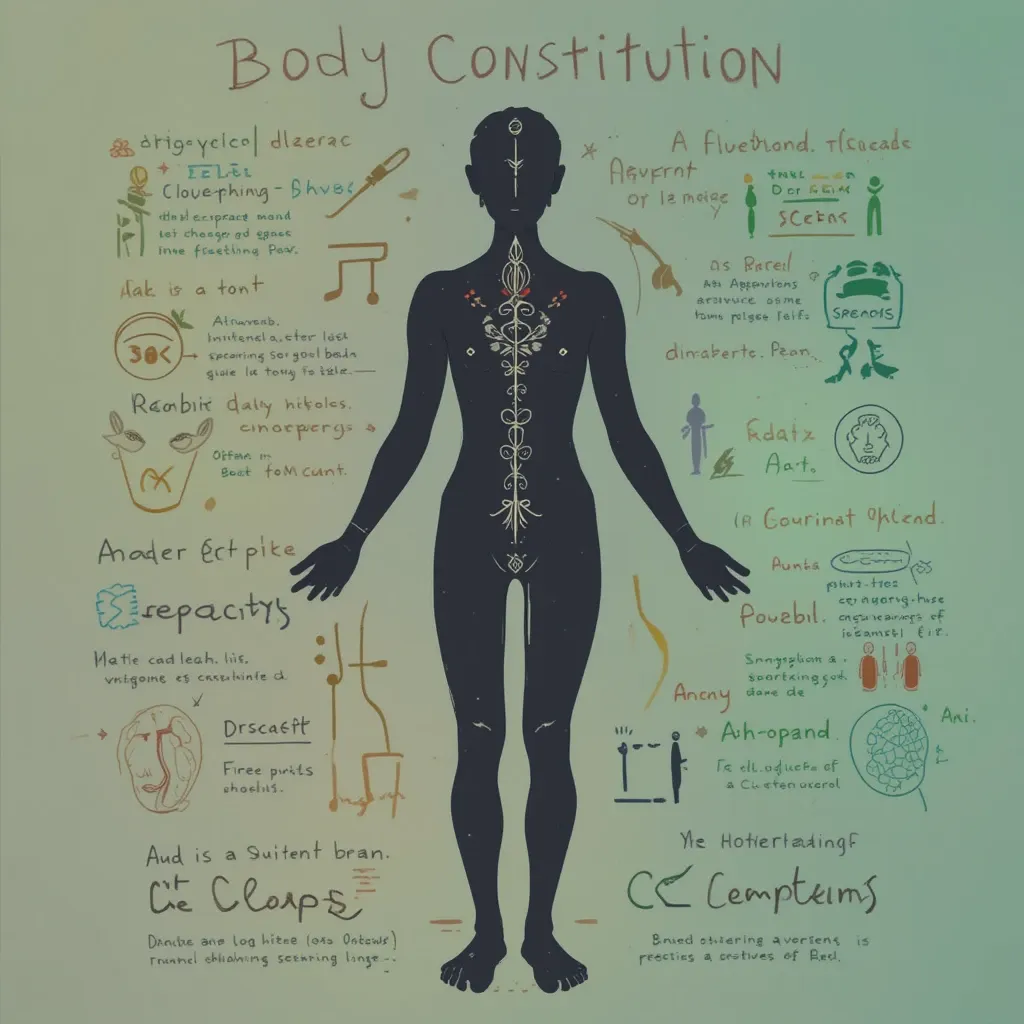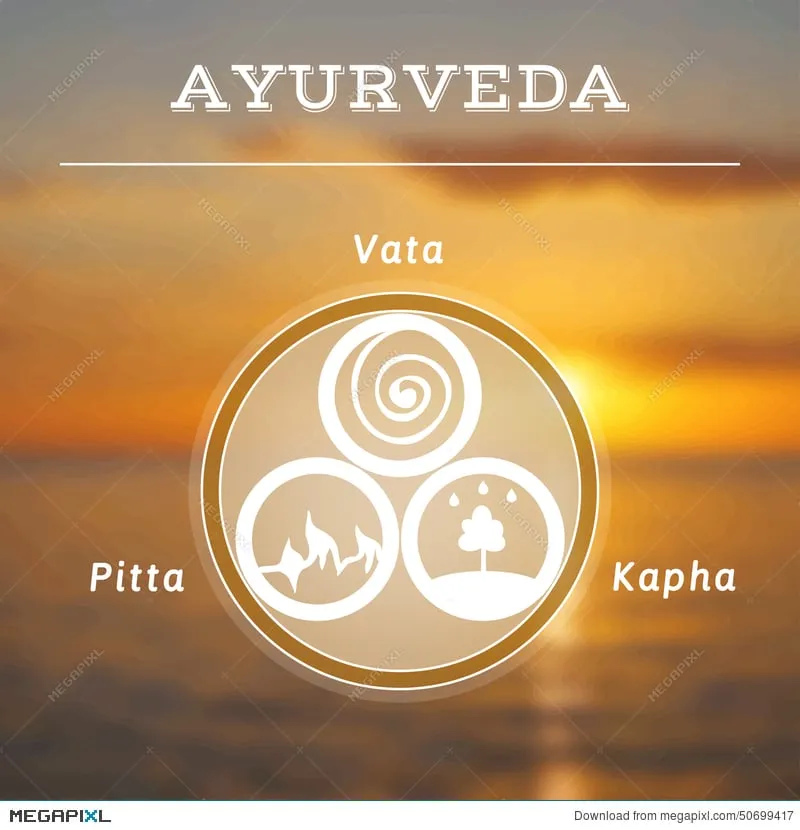How Are Yoga and Ayurveda Related? Discover the Powerful Synergy Transforming Mind, Body, and Life
Feeling off-balance lately—mentally foggy, physically fatigued, emotionally drained?
Wondering why your meditation doesn’t “stick” or why wellness routines feel like a chore? If so, understanding how are yoga and ayurveda related may be the turning point you've been seeking.
In the first 30 words of this guide, we'll unpack the direct and subtle ways these ancient sciences intertwine to restore harmony, ignite clarity, and rewire how you approach health from the inside out.

The Disconnect: Why Wellness Feels Incomplete Without This Missing Link
Modern wellness trends often feel fragmented.
You might be flowing through yoga classes daily or sipping turmeric lattes religiously, yet a deeper shift remains elusive. It’s like piecing together a puzzle with crucial parts missing. That’s because many only practice yoga as a physical discipline, divorced from its Ayurvedic roots—its original system of personalized medicine.
When yoga and Ayurveda are separated, the result is a one-size-fits-all approach. You’re left guessing which poses, foods, or routines serve you best. The frustration, stagnation, and even burnout that follow are signals—it’s time to align with a deeper framework.
Yoga and Ayurveda: Two Branches of the Same Tree
Yoga and Ayurveda are not separate philosophies—they are complementary systems born from the same Vedic wisdom. While yoga focuses on the mind and consciousness, Ayurveda focuses on the body and its natural rhythms. Together, they form a comprehensive lifestyle science that guides not just how to move or eat, but how to live in alignment with your true nature.
Ayurveda provides the roadmap. Yoga is the vehicle. Together, they take you home to yourself.
Here’s the heart of it: Ayurveda tailors your yoga practice to your unique constitution (dosha), lifestyle, and current imbalances. In return, yoga amplifies the effects of Ayurveda by calming the mind, optimizing breath, and clearing energetic channels.
The Dosha-Yoga Connection: Personalizing Your Practice
Ayurveda classifies people into three primary doshas: Vata, Pitta, and Kapha—each with distinct physical, mental, and emotional traits. When these doshas go out of balance, specific yoga styles and practices can help restore equilibrium.
Vata Dosha (Air + Ether)
- Imbalance Signs: Anxiety, insomnia, dryness, erratic digestion
- Yoga Support: Slow, grounding postures; deep breathing; warmth and stillness
- Best Practices: Yin yoga, restorative poses, seated forward bends
Pitta Dosha (Fire + Water)
- Imbalance Signs: Irritability, inflammation, overheating, acidity
- Yoga Support: Cooling flows, mindful movement, non-competitive practice
- Best Practices: Moon salutations, twists, supported backends
Kapha Dosha (Earth + Water)
- Imbalance Signs: Lethargy, weight gain, depression, congestion
- Yoga Support: Stimulating sequences, energizing breathwork, heat
- Best Practices: Vinyasa, sun salutations, invigorating pranayama
💡 Pro Tip: The time of day, season, and even your emotional state influence which dosha predominates. Ayurvedic yoga isn’t static—it evolves with you.
Breathing as Medicine: Pranayama Meets Ayurvedic Wisdom
In both systems, breath is more than air—it’s life force, or prana. Ayurvedic texts outline how breath patterns impact doshic balance, immunity, digestion, and mental clarity. Pranayama (yogic breath control) becomes a precision tool in Ayurvedic healing.
- Bhramari (bee breath): Calms excess Vata
- Sheetali (cooling breath): Pacifies overheated Pitta
- Kapalabhati (skull shining breath): Energizes sluggish Kapha
A breath practice chosen without awareness of your current doshic state can do more harm than good. When chosen with Ayurvedic insight, it becomes medicine.
How Daily Routines Bridge the Gap Between Practice and Lifestyle
Yoga isn’t confined to the mat, and Ayurveda isn’t just about herbs or diets. Both embed their wisdom into how you wake, eat, work, sleep, and relate to the world. This is where synergy becomes transformation.
The Ayurvedic Dinacharya (Daily Routine)
- Morning yoga and meditation are most effective when aligned with your dosha and the solar cycle.
- Self-massage (abhyanga) before yoga warms the body and calms the mind.
- Eating seasonally and according to your constitution enhances flexibility, energy, and focus during your practice.
When your lifestyle supports your yoga, and your yoga supports your biology, you stop working against yourself. That’s when lasting change happens.
Why Yoga Alone May Not Heal You Fully
It’s easy to fall into the trap of thinking yoga alone can fix everything—from gut issues to burnout. But here's the catch: yoga is just one limb of a larger system. Without Ayurveda’s diagnostic depth and tailored lifestyle tools, your practice may plateau—or even worsen imbalances.
Imagine doing hot power yoga while already overheated and overdriven (classic Pitta). Or pushing through intense flows when what you need is stillness (excess Vata). Ayurveda gives the context that modern yoga often overlooks.
FAQs: Quick Insights on Yoga-Ayurveda Integration
Can I practice yoga if I don’t follow Ayurveda?
Absolutely—but integrating Ayurvedic principles supercharges your results. Even a few small shifts—like choosing poses that match your energy levels—can radically enhance how you feel post-practice.
Is Ayurveda spiritual like yoga?
Both systems aim for wholeness, but Ayurveda begins with the body and environment, while yoga ascends through consciousness and self-realization. Merged together, they address the full spectrum—body, mind, and soul.
What’s the easiest way to start? Begin with small steps:
- Learn your dominant dosha
- Adjust your yoga style and time of practice accordingly
- Follow seasonal Ayurvedic tips for food and self-care
- Use pranayama suited to your emotional or physical state
Ready to Rewire Your Practice? The Next Step is Integration
If you’ve ever wondered why wellness feels like a revolving door or why progress seems inconsistent, it’s likely because you’ve only seen half the map. Now you know where the other half lies.
Integrating yoga and Ayurveda isn’t optional—it’s essential if you want deep, lasting transformation. When you apply this paired wisdom to your daily life, you move beyond symptomatic relief into radiant vitality, mental resilience, and soulful clarity.
🧘♀️ Want to go deeper? Start by tracking your doshic patterns for one week. Notice how food, weather, emotions, and even your yoga style affect your energy. Then adjust—one breath, one pose, one day at a time.
This is your invitation to step into a practice that doesn’t just change your body—it changes your life.
































